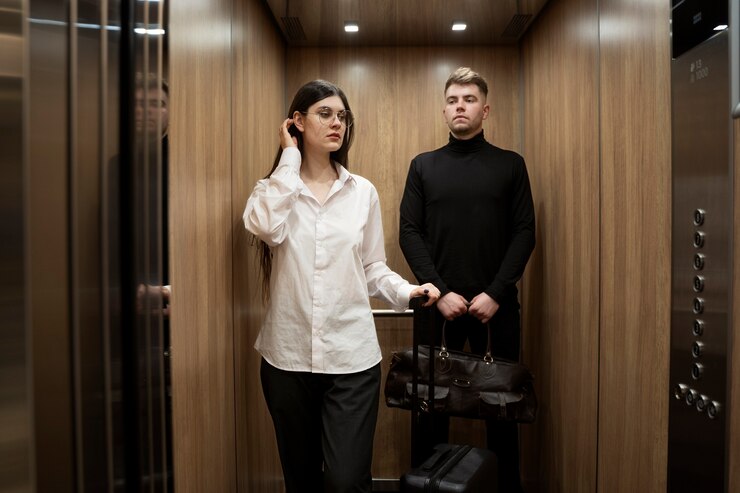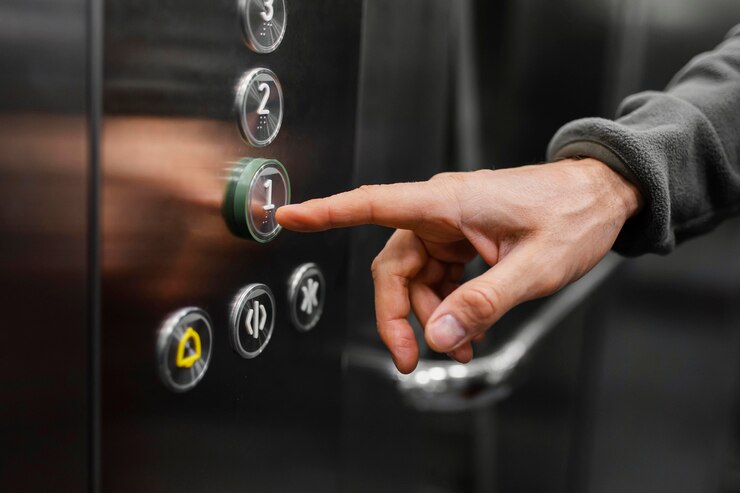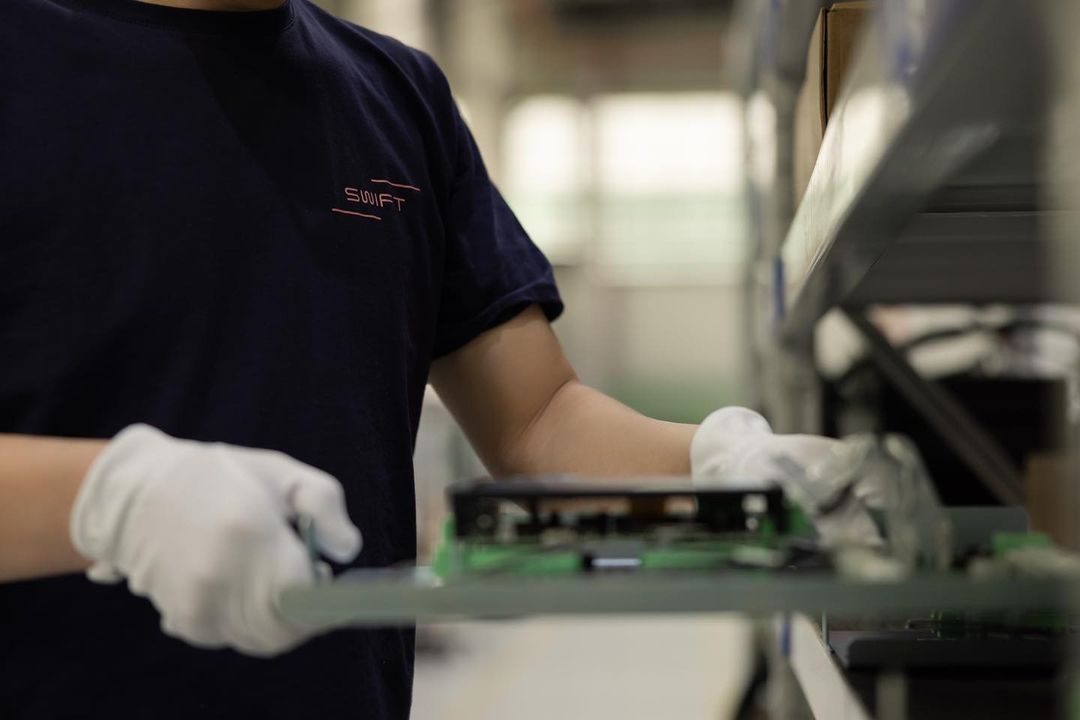
Elevators are vital to modern existence, whisking us effectively between floors in homes and commercial buildings. While typically safe and dependable, there may be a small risk you might come upon a scenario wherein the elevator gets stuck. Being stuck in an elevator may be nerve-wracking, but staying calm and following the proper safety features of an elevator will ensure a secure and quick resolution.
Most advanced domestic lifts like SWIFT, have battery backup to ensure you can still use the lift if mains power outage. SWIFT has taken it one step further thanks to its Tesla battery system, ensuring full operation of all functions even if mains power fails.
Stay Calm and Assess the Situation
The first and most crucial step when you locate yourself in an elevator is remaining calm. Panicking will just exacerbate the situation. Take a deep breath and evaluate the situation.
Find A Light Source
If the elevator is dark, try to discover a light source. Most advanced domestic lifts like SWIFT, are prepared with emergency lighting and battery back-up that will turn on instinctively in case of an energy outage. If the emergency lighting fixtures don’t come on, use your mobile’s flashlight or some other available light supply to illuminate the lift.
Press Alarm Button
One of the standard attributes in elevators is the alarm button. Press it to alert building upkeep or family members about your dilemma.
Avoid Self-Extrication
Attempting to pressure open the elevator doors through the hatch is extremely risky and has to be prevented. Modern elevators are designed with severe protection capabilities to prevent accidents, and tampering with the doors can cause extreme accidents or fatalities.

Call for Help
In addition to the urgent alarm button, use your smartphone to ask for help when you have reception.
Have Patience
While being stuck in an elevator may be unsettling, it’s critical to have endurance. Elevator maintenance employees or building technicians will respond to the emergency call and work toward resolving the difficulty as fast as possible. Remember that your protection is their top precedence.
Avoid force Opening Doors
Even in case you hear voices or noises from outdoors, refrain from trying to open the elevator doorways yourself. Wait for skilled experts to arrive and manage the scenario adequately. Opening the doorways in advance can result in complications and put everyone concerned in danger.
Avoid Jumping
Resist the urge to leap or circulate around excessively inside the elevator. Excessive movement can cause the cabin to sway, mainly if it’s a hydraulic elevator, increasing the danger of damage. Stay calm and wait for assistance till help arrives.
Wait for Help
Once you’ve followed the crucial steps and alerted for help, wait patiently for help to arrive.
Post-Rescue Actions
After being rescued from the elevator, it’s crucial to inform the brand´s technical support and inform them about the incident. They will conduct a radical inspection of the elevator to identify the purpose of the malfunction and ensure it is safe for future use.

Are Domestic Lifts Safe?
Domestic lifts, generally installed in residential buildings or private houses, are designed with safety as a top priority. While they may no longer be subjected to the same stage of utilization as commercial elevators, regular upkeep is essential to make certain their safe operation. Elevator preservation entails routine inspections, lubricating moving parts, and trying out safety functions to save you from malfunctions and accidents.
Safety Features of an Elevator
Modern elevators have many protection capabilities to defend passengers in emergencies. Some of the vital safety features consist of:
- Screw and Nut Drive System: This mechanism ensures easy and controlled motion of the elevator with the aid of converting rotary movement into linear movement.
- Intelligent Doors: Elevator doorways are prepared with sensors and management systems that prevent them from being closed if an obstruction is detected, thereby minimizing the danger of entrapment.
- Anti-Trap System: In the event of an obstruction, including a person’s limb or item, the anti-lure system, without delay, stops the closing doors and reverses their movement to prevent harm.
- Dual Safety Brakes: Elevators have multiple braking systems to ensure the auto remains desk-bound in case of energy failure or mechanical malfunction.
- Safety Sensors: These sensors locate abnormalities within the elevator’s operation, together with excessive velocity or abnormal motion, and cause emergency brakes to prevent injuries.
Lift to New Heights with SWIFT
At SWIFT, we are devoted to enhancing your satisfaction by revolutionizing how you experience vertical transportation. Our venture is to make society extra comfortable and sustainable by introducing innovative domestic lifts that aren’t simply lower priced but also aesthetically attractive and enjoyable. Discover our range of home lift options and notice how we will improve your lifestyle.
FAQs
People outside the elevator can typically listen to you in case you speak loudly. Elevator shafts can act as conduits for sound transmission, albeit with a few attenuation.
The duration of being caught in an elevator can vary depending on various factors, including the severity of the malfunction, construction renovation response time, and rescue personnel availability. In most instances, people are rescued within a couple of minutes to an hour.
Fixing an elevator requires educated technicians to evaluate the situation, diagnose the problem, and take suitable measures to repair operations. This may also include resetting the elevator’s control machine, repairing faulty components, or manually releasing trapped passengers.
The probability of getting stuck in a lift is quite low, particularly in nicely maintained and often inspected elevators. However, mechanical malfunctions or energy outages can occur, which is central to temporary entrapment.
No, mountaineering out of a stuck elevator is risky and should not be tried. Elevator shafts are unsafe environments with shifting elements and constrained areas, making self-extrication risky. It’s nice to have trained experts to evacuate you from the elevator cabin correctly.
Get In Touch










